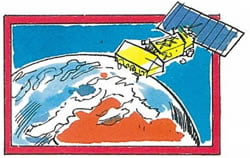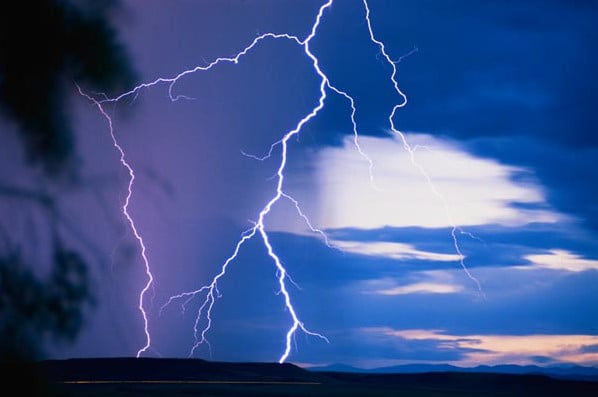In this activity, students will test the hypothesis that “When the clouds are darker, more of the Sun’s light has been scattered and so less light reaches the ground”
Advice for teachers
Ideally, this activity should be carried out over a week or longer. This could mean that different classes contribute towards collecting the data.
You will need
- A smartphone or other device which has an inbuilt light meter (most do).
- A light meter app. There are several freely available
- A cloud colour chart printed out e.g. https://www.metlink.org/fieldwork-resource/does-it-always-rain-from-dark-clouds/ or other grey scale image
Advice
- Only compare light levels recorded by the same device/ app. Why?
- Always measure the light levels at roughly the same time of day. Why?
- Try and hold your device flat in your hand, with the surface horizontal, every time you make a measurement. Why?

Extension
Draw a graph which shows light level against grey scale number

Questions
- Is there any relationship between the amount of light reaching the surface of the Earth and the colour of the clouds?
- Do your results support the hypothesis?
- Write a paragraph or draw a cartoon explaining how the thickness of a cloud affects what colour it looks and how much light there is near the ground. Make sure you include the words ‘visible light’ and ‘scatter’.



